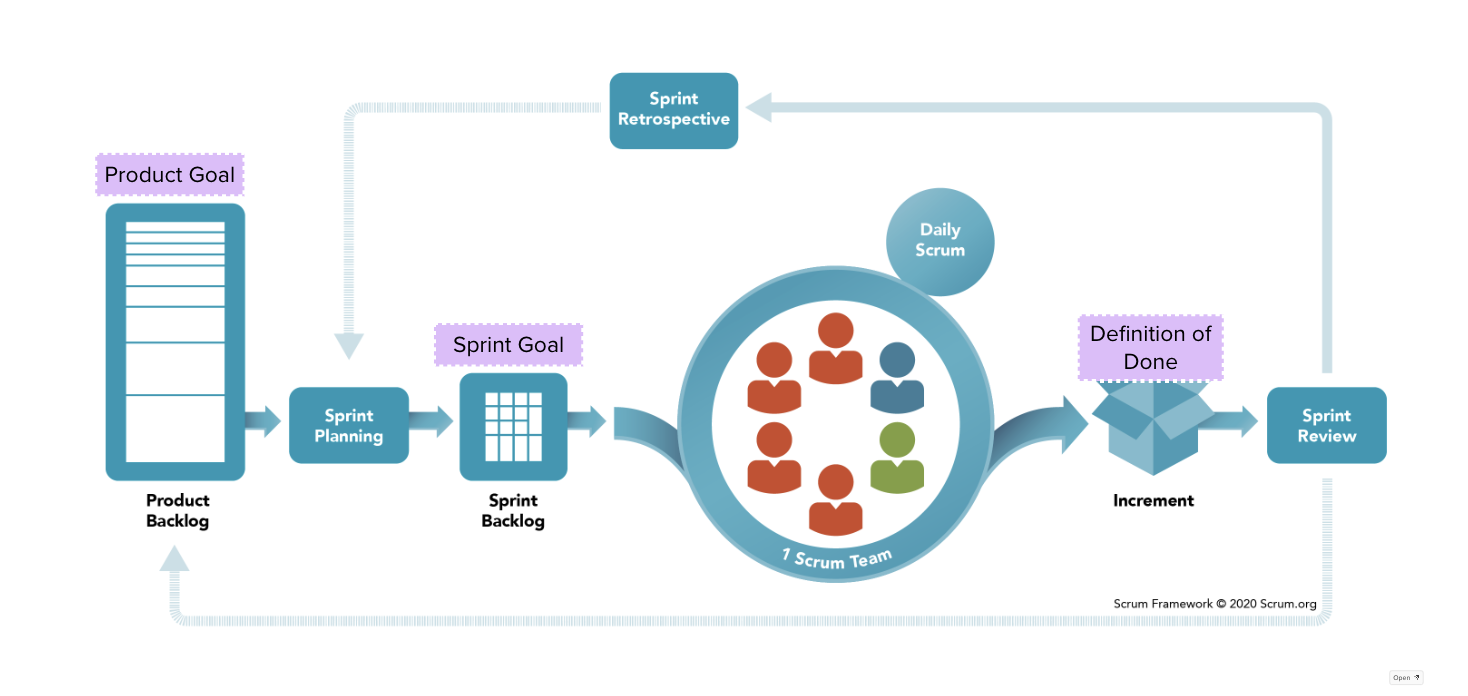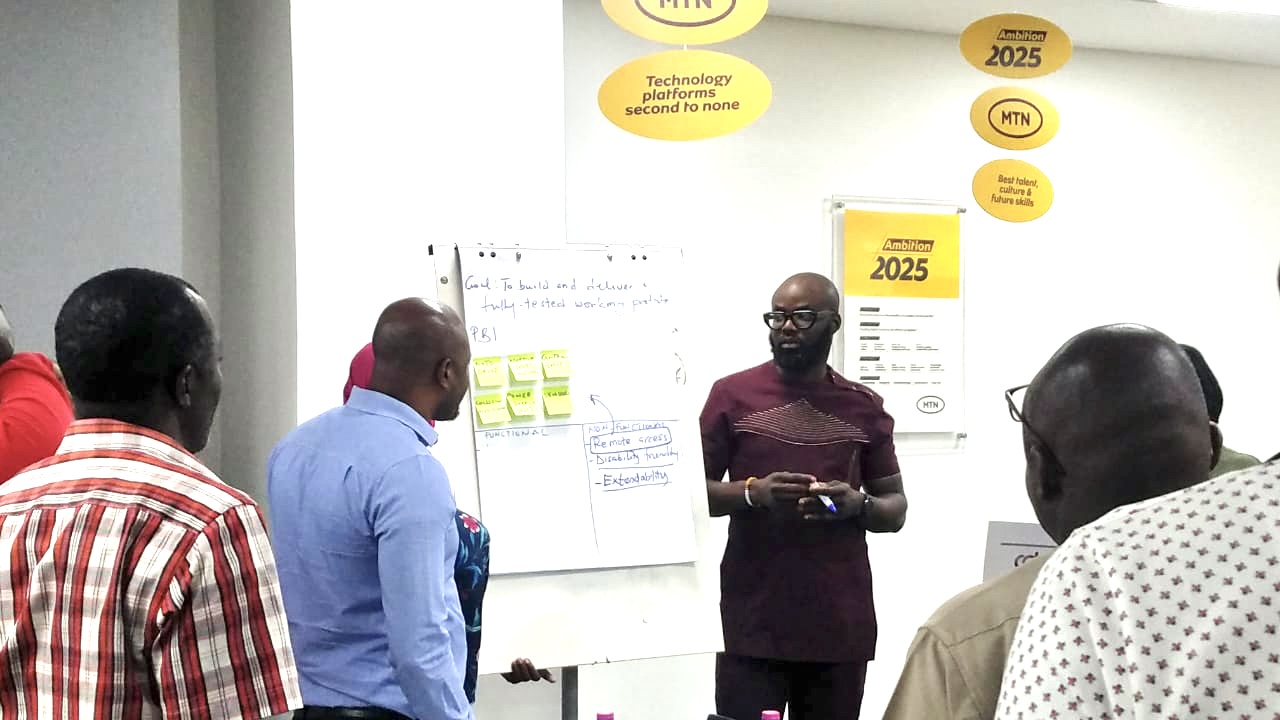With the recent news about Scrum Masters and Agile Coaches being laid off in organizations, the question that comes to mind is whether we are at the end of the road with regard to these roles that have in the past focused on building agile capabilities in organizations on a full time basis.
My opinion is that organizations will continue to have a need for people focused on helping teams to continuously improve their ways of working, improving team and organizational effectiveness.
Scrum Master
These blogposts are my opinions from reflections on topics relating to my current area of interest - Enterprise Agility, Leadership, Entreprenuership, Personal Development and Complexities of Africa.
The commitments contained in the Scrum Artifacts are arguably one of the important element of the Scrum Framework; these commitments when deployed as per the intentions of the scrum framework contributes to increasing the effectiveness of the scrum team.
I was asked to help out a Scrum Team that did not see much value out of a well-crafted Sprint Goal for their Sprints. In the sprint planning, the team would rollover every product backlog item (PBI) that was not completed in the last sprint, and the team would add a few more PBIs from their backlog on the ask of the team manager, who also attended the Sprint Planning regularly.
Selecting a product backlog management tool can be a daunting task, as there are a plethora of options available on the market. Some of the most popular tools include Jira, Azure Dev Ops, Kanbanize, Trello, and Rally, to name a few.
As a Scrum Master, it’s important not to view yourself as an administrator for the chosen product backlog management tool, but rather to focus on understanding how the tool can support the Scrum team to be an effective team.
You have just passed your PSM 1 assessment; however you would like to get some working experience as a Scrum Master. In my time as a Professional Scrum Trainer with scrum.org, the people that share this concern with me fall in 2 categories:
People that have self studied for the PSM and achieved the 85% score for the PSM1 assessment People that attended a Professional Scrum Master class and achieved the 85% for the PSM1 assessment You must realise and accept that passing the PSM 1 assessment is not the end of the learning process; the journey to being an experienced Professional Scrum Master is a life long learning experience.




